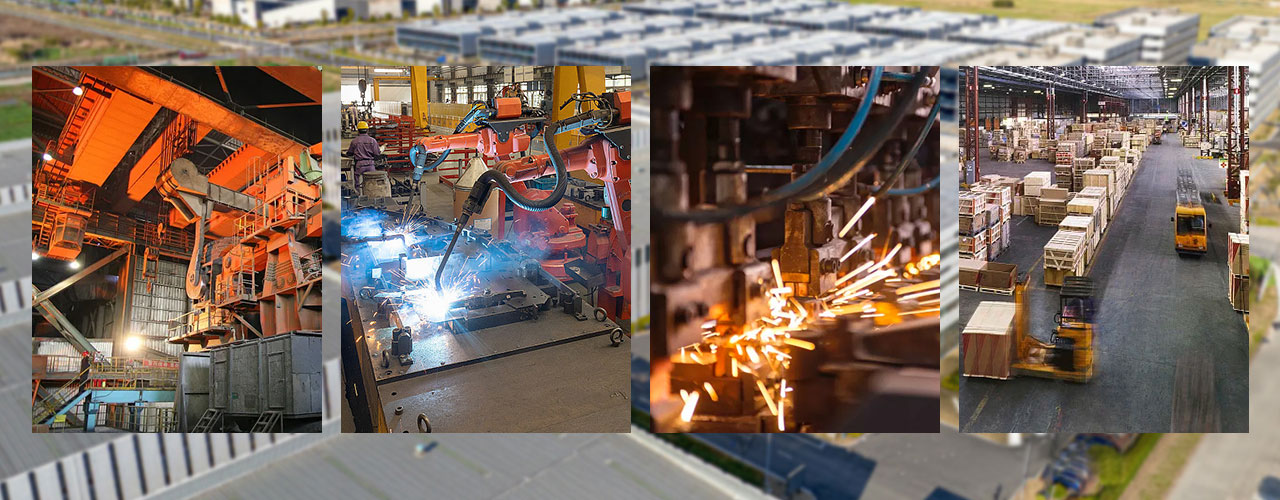Setting up a gym—whether commercial or home—requires equipment that's durable, versatile, and tailored to a range of fitness goals. Gym equipment forms the backbone of any training space, supporting everything from strength building to cardio and mobility work. Choosing the right pieces ensures your gym meets user needs while standing up to daily wear.
Strength training starts with the essentials. A power rack, often made of 11-gauge steel with a 1000 lb capacity, anchors heavy lifts like squats and bench presses. Adjustable benches, with 3-7 incline settings, support presses and rows, typically handling 600 lbs or more. Barbells—20 kg Olympic bars with needle bearings—pair with weight plates (5 kg to 25 kg) for progressive loading. Dumbbells, ranging from 2.5 kg to 50 kg, offer flexibility for isolation moves, with rubber hex designs preventing rolls and floor damage.
Functional training adds variety. Battle ropes, often 15m long and 1.5 inches thick, challenge endurance and grip. Plyo boxes, with heights from 30 cm to 60 cm, enhance explosive power—wood or steel builds support 200 kg loads. Pull-up bars, whether rack-mounted or standalone, handle 300 kg for bodyweight exercises, a feature valued for space efficiency.
Durability is non-negotiable. Commercial-grade equipment, often powder-coated to resist rust, undergoes testing for thousands of cycles—some racks are rated for 10,000+ uses. Prices reflect quality: a power rack might cost $500-$1000, while a treadmill runs $2000-$5000. Sourcing from manufacturers with ISO certifications ensures reliability, whether for a busy gym or a personal setup.
The right equipment transforms a gym into a hub of fitness. It's about matching gear to goals—strength, endurance, or versatility—while ensuring it lasts.
